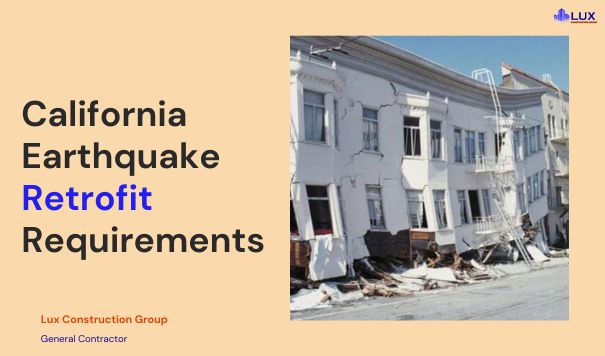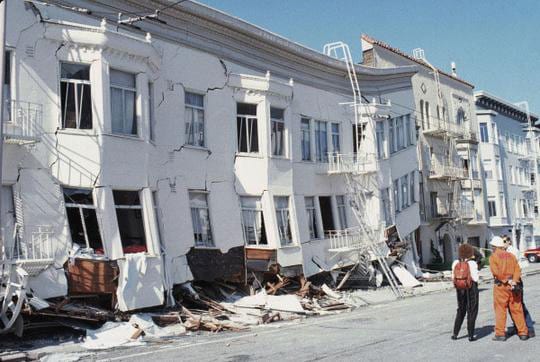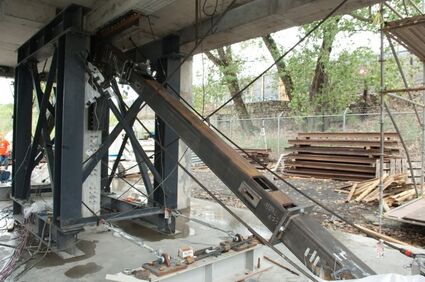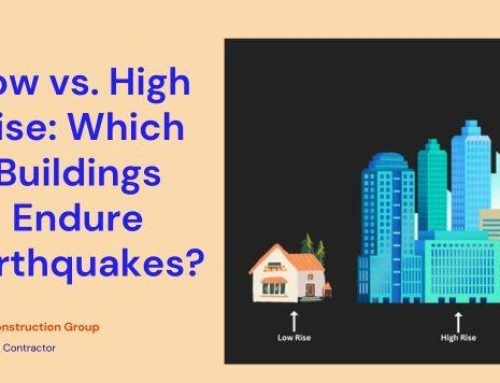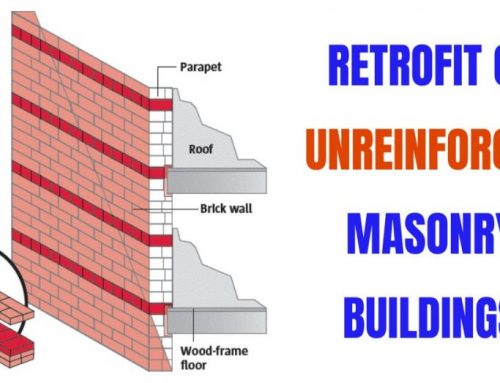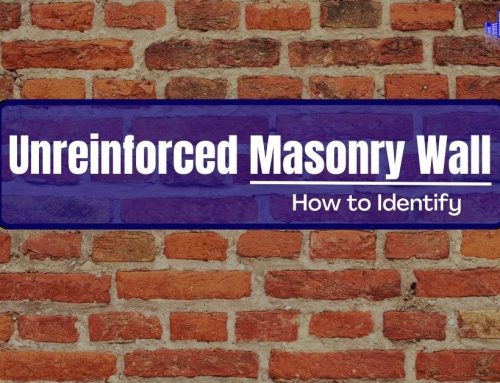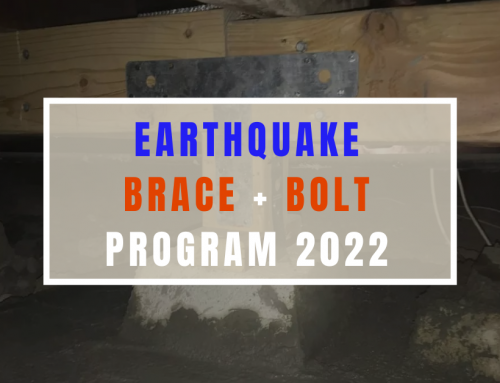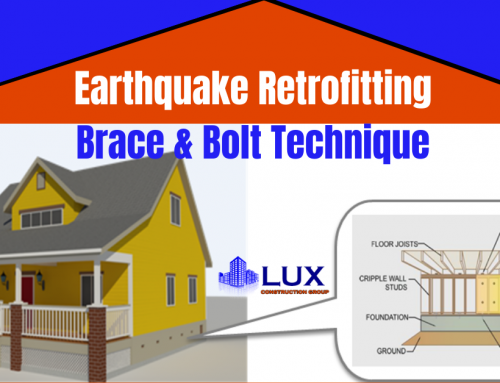The earthquake experts say, if your house was built before 1980, it is vulnerable to damage from earthquake shaking because they were built before modern seismic building codes were put in place.
Strengthening older houses with a seismic retrofit is a good way to lessen the potential for costly earthquake damage, saving you what could be tens to hundreds of thousands of dollars in repair costs.
However, California Earthquake Authority (CEA) made it clear through the latest ordinance that older metal houses built before 1980 have to mandatory apply to retrofit solutions to safeguard their houses.
Further, to have a deeper knowledge of the earthquake retrofitting requirements and the procedure to start the project is elaborated here.
Retrofit Your Home in Los Angeles
An earthquake retrofit is a seismic retrofit, it’s also known as a “brace+bolt retrofit“, “house retrofit”, “foundation bolting”, or simply a “bolt down”. It is the process of improving the connection between the wood frame and the concrete foundation of a house.
The earthquake brace and bolt program is a grant program designed for eligible California homeowners to provide up to $3,000 toward a residential seismic retrofit.
During an earthquake, the ground moves and shifts from under the house, but gravity and inertia try to hold the structure in place, and that’s when things begin to break. Homes and structures with weak foundation-to-frame connections tend to experience massive damage along entire sections of a home.
It is the responsibility of every house owner to check – Is earthquake retrofitting required? How long does a retrofit last?
What Is Seismic Retrofit Ordinance?
A seismic ordinance is a law passed by local authorities requiring the evaluation and retrofit of specific building types proven to be vulnerable to earthquakes.
Is Earthquake Retrofitting Mandatory in LA
As per the ordinance law passed, houses that are built after 1980 in California have to implement earthquake retrofitting solutions. These ordinances were created in response to the poor performance of certain classes of structures during previous earthquakes.
The mandatory requirements include structural improvements intended to reduce earthquake-induced damage to classes of buildings identified to be particularly vulnerable to earthquake damage.
These requirements address critical safety concerns by increasing the likelihood that occupants can safely exit the building in the event of an earthquake.
However, the house owners need to check -What magnitude earthquake can a house withstand? If your house falls into this category, you must immediately approach a retrofitting contractor who can provide a cost-effective solution to you.
Is your building type included?
In California, the new ordinance law categorizes these two types of buildings for mandatory earthquake retrofitting:
- The buildings have poor or weak foundations.
- Ductile concrete structures
Other types of mandatory seismic ordinances apply to structure types such as unreinforced masonry (URM) buildings and ADUs. However, the law varies from state to state. You can check the details with the local municipality.
The best part is that the contractors help you get the maximum earthquake insurance. This will minimize the cost, plus you can have reliable service from these top earthquake retrofitting service providers.
Seismic Retrofitting Necessity in Los Angeles CA
If you’re having a house in California and are thinking, how do I retrofit my house for an earthquake? then you must not take it as a burden and an add-on cost for house maintenance.
The ordinance is passed for the benefit of the residents. The reasons which justify its necessity are:
-
Reason 1: Increase Safety
Earthquake damage to older homes in California is the most important reason for contractors to provide earthquake retrofitting at a nominal cost. The aim is to build a safe infrastructure and to ensure the safety of people staying in the city.
The energy produced by the earth’s crust during an earthquake is immense. The protection which we are providing is a step towards reducing the effect and damage. However, if the magnitude of the earthquake crosses a scale of more than 7.5, it can cause damage to structural items. So, the building designs must provide easy exits including all other security measures.
-
Reason 2: Financially Protect Your Investment
The earthquake insurance of your house is one of the significant ways to protect yourself from financial loss. You have invested a lot of time and capital into your building. The proper retrofitting solution through a renowned construction company like Lux Construction Group can assist you to get the maximum insurance amount.
Another advantage to retrofitting your building now is to reduce the damage. Rather than getting the house demolished, it is better to take precautionary steps to reduce the damage. During earthquake retrofitting, you can repair your house and can save costs and time.
-
Reason 3: Add Value to your house
Does earthquake retrofit increase home value? Yes, retrofitting your building not only helps you protect your investment but also adds value to your property. In California City, seismic retrofit ordinances are strictly implemented to prevent extreme economic failures that can strike an entire community in an instant.
If you have tenants or a commercial complex then applying retrofitting solutions becomes even more prevalent.
California Earthquake Retrofit Requirements
Millions of homes in California are wood-framed houses that need a brace and bolt retrofit to prevent them from sliding off their foundation. There are other types of concrete homes also vulnerable to shake damage, for different reasons.
Before we dig deeper into the earthquake retrofit requirements, we must review house types to learn about their vulnerabilities.
- Raised Foundation Houses – These houses are built underneath the first floor, which is referred to as a crawl space. These types of houses can shift off their foundations from shaking. They are strengthened by bolting the house to its foundation with anchor bolts, or with bracing and bolting.
- Stem-Wall Houses- These homes have raised foundations or slide off the structure to preserve them from earthquakes. Normally, they have a wood-framed first floor, which rests directly on a raised perimeter concrete foundation.
- Cripple-Wall Houses- Cripple-wall (“crawl space”) houses also have raised foundations with a crawl space under the house, with short (less than full-story height) wood-framed walls between the foundation and the wood-framed first floor.
- Post & Pier Houses- These houses have a raised foundation, but the wood frame floor is supported only by upright wood posts. The posts rest on individual concrete blocks or pier pads around the perimeter and interior of the crawl space.
- ADUs build over the garages- Houses built on the garages attached or detached are vulnerable to damage from earthquakes because the walls and door(s) are not often reinforced for shaking. These are often called “soft story” residences. Retrofitting the garage space can make it more resistant to earthquakes.
- Hillside Houses- Houses built on hillsides or steep slopes are often set on tall, narrow posts or columns, with walls stepping down the hill. The foundation is often expected to bear the weight of the entire house but the structural elements found in these types of houses are not designed to be able to withstand shaking. Retrofitting these houses becomes a must.
Depending on the house type, the retrofitting requirements vary. A major requirement involves strengthening the foundation by applying various solutions like brace and bolts, wood frames, and so on.
An earthquake’s shaking motion can cause severe damage to older homes. So, the most important requirement is to know the building type and exactly provide the needed solution.
The structural damage is minimized depending upon the building type and the overall load on the building. Also, the cost of earthquake retrofitting, time, and capacity are the deciding factors.
Too many things might confuse you. So, to fix the foundation issues and apply earthquake retrofitting, you need to contact a general contractor in the nearby locality in California.
Interested in seeking retrofitting consultation for your building
There is no license or other requirement for contractors to perform retrofit services in California. To find a contractor at an affordable price to perform earthquake retrofits, consider the following points:
Find a contractor having knowledge and practical exposure to structural engineering.
Apart from applying an earthquake retrofit solution, other safety measures will protect you from earthquake damage. You can build safe places or outlets in a building where the residents can protect themselves. But the contractor must have a thorough practice of doing so. So, take a review before hiring a contractor.
Works with a budget-friendly Option
The cost of retrofitting varies considerably. If the work can be done in a fairly open crawl space as opposed to a finished basement, it likely will be less costly. This all depends on the contractor whom you hire. However, the cost and quality of construction completely vary depending on the techniques adopted by the contractor. Therefore, looking for a contractor working with the latest tools and techniques is always a plus!
Reduce Earthquake Insurance Premiums
The construction cost is always high. Maximum building owners take loans and get maximum insurance covered for their homes. Insurance companies can help you get separate earthquake coverage.
To reduce the premium amount, you need to produce a retrofit plan. To provide the best earthquake insurance-friendly plan, you need to contact an experienced contractor.
Finally, no license or other requirement for contractors to perform retrofit services is required. Any contractor licensed in California like Lux Construction Group can perform earthquake retrofits.
Here are questions you might ask your retrofit contractor.
- What Are The Chances Of A Major California Earthquake?
- What You Can Do to Avoid Earthquake damage?
- What will be the cost of retrofitting?
- How badly does my home need retrofitting?
- Is earthquake retrofitting worth it?
- How much time will it take to retrofit my home?
- What will be the primary requirements?
Based on the above queries, discover the best earthquake retrofit, contractor. Also, find a contractor that can reduce steep expenses! Always remember, taking the path of most resilience by strengthening your house is worth every penny!

